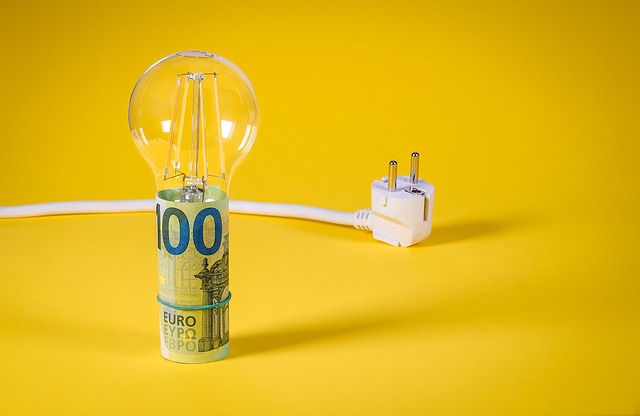Enhancing Visuals: The Ultimate Guide to Saving Images in High Resolution for TV and Monitor Displays
In today’s world, where screens dominate our daily experiences, the way we save image files plays a crucial role in how our visuals come to life on TVs and monitors. Whether you’re a graphic designer, a content creator, or simply someone passionate about high-quality visuals, understanding how to optimize images for display technology can dramatically enhance your viewing experience.
The Importance of Resolution in Display Technology
At the core of beautiful visuals lies resolution—the number of pixels displayed on a screen. Modern TVs and monitors boast increasingly higher resolutions, from Full HD to 4K and beyond, providing incredible detail and sharpness. However, to fully harness the potential of these displays, your image files must be saved at an appropriately high resolution. Otherwise, you risk pixelation, blur, or loss of important detail.
TV vs. Monitor: Understanding Different Display Characteristics
While both TVs and monitors are designed to display images, their technologies and typical use cases differ significantly. TVs often incorporate technologies like HDR (High Dynamic Range) to enhance color accuracy and contrast for cinematic experiences. Monitors, especially those geared for professional work, emphasize color calibration and precision to ensure accuracy in visualization.
When preparing images, it’s important to consider these differences. For TV displays, you may want to save images with rich color profiles and HDR-compatible formats if supported. For monitors, particularly those used in design or video editing, maintaining the highest resolution with accurate color spaces like AdobeRGB or DCI-P3 is key.
Technical Tips for Saving Images in High Resolution
- Use the Right File Format: Choose formats like TIFF, PNG, or high-quality JPEGs, depending on your needs. For lossless quality, TIFF and PNG are excellent, while high-quality JPEGs offer good compression without sacrificing too much detail.
- Optimize Pixel Dimensions: Match the image’s pixel dimensions to the target display resolution. For instance, if your target TV is 4K (3840×2160), save your image at this resolution or higher to ensure clarity.
- Aspect Ratio Matters: Different screens have different aspect ratios (16:9 for most TVs, 16:10 or 21:9 for monitors). Save images in the correct aspect ratio to avoid stretching or black bars.
- Color Profile Management: Embed color profiles like sRGB, AdobeRGB, or DCI-P3 in your images to ensure colors render as intended across devices.
- Maintain Bit Depth: Higher bit depths support more color information. For advanced displays, saving images with 10-bit or 12-bit color depth can enhance visual fidelity.
Visualization: Seeing the Difference
When images are saved and optimized properly, the difference in visualization is immediately noticeable. Crisp details, vibrant colors, and smooth gradients bring a dynamic quality that breathes life into the content. On a large TV or high-end monitor, these qualities combine to create immersive experiences—from watching films to designing digital art.
In contrast, images saved poorly or compressed excessively can appear dull, pixelated, or washed out. This diminishes the power of your visuals and can frustrate viewers.
Future of Display Technology and Image Saving
As display technology continues to evolve with features like 8K resolution, OLED panels, and advanced HDR standards, staying ahead in how you save image files for these technologies will become even more important. Embracing these technical considerations now prepares you to fully enjoy—and create for—the next generation of visual experiences.
In the end, saving images in high resolution is not just a technical necessity but an art form that enhances the impact of your visuals on TVs and monitors alike. Understanding and applying these principles ensures your images look stunning, no matter the display.




